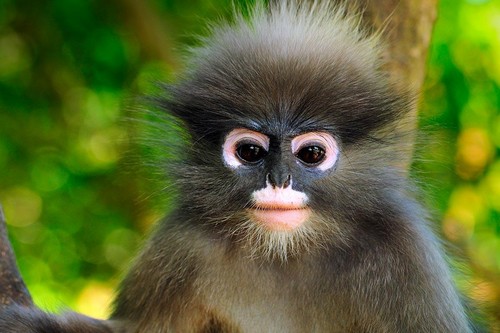
MONKEYS
In 1812, Étienne Geoffroy grouped the apes and the Cercopithecidae
group of monkeys together and established the name Catarrhini,
"Old World monkeys" ("singes de l'Ancien Monde" in French).
The extant sister of the Catarrhini in the monkey ("singes")
group is the Platyrrhini (New World monkeys).Some nine million
years before the divergence between the Cercopithecidae and the apes,
the Platyrrhini emerged within "monkeys" by migration to South America from Afro-Arabia (the Old World),
likely by ocean.[9][10][better source needed] Apes are thus deep in the tree of extant and extinct monkeys,
and any of the apes is distinctly closer related to the Cercopithecidae than the Platyrrhini are.
Many monkey species are tree-dwelling (arboreal), although there are species that live primarily on the ground, such as baboons.
Most species are mainly active during the day (diurnal). Monkeys are generally considered to be intelligent, especially the Old World monkeys.
WHERE WILL YOU FIND THEM
You will find the monkeys at pen E23, right next to the amphitheatre.
